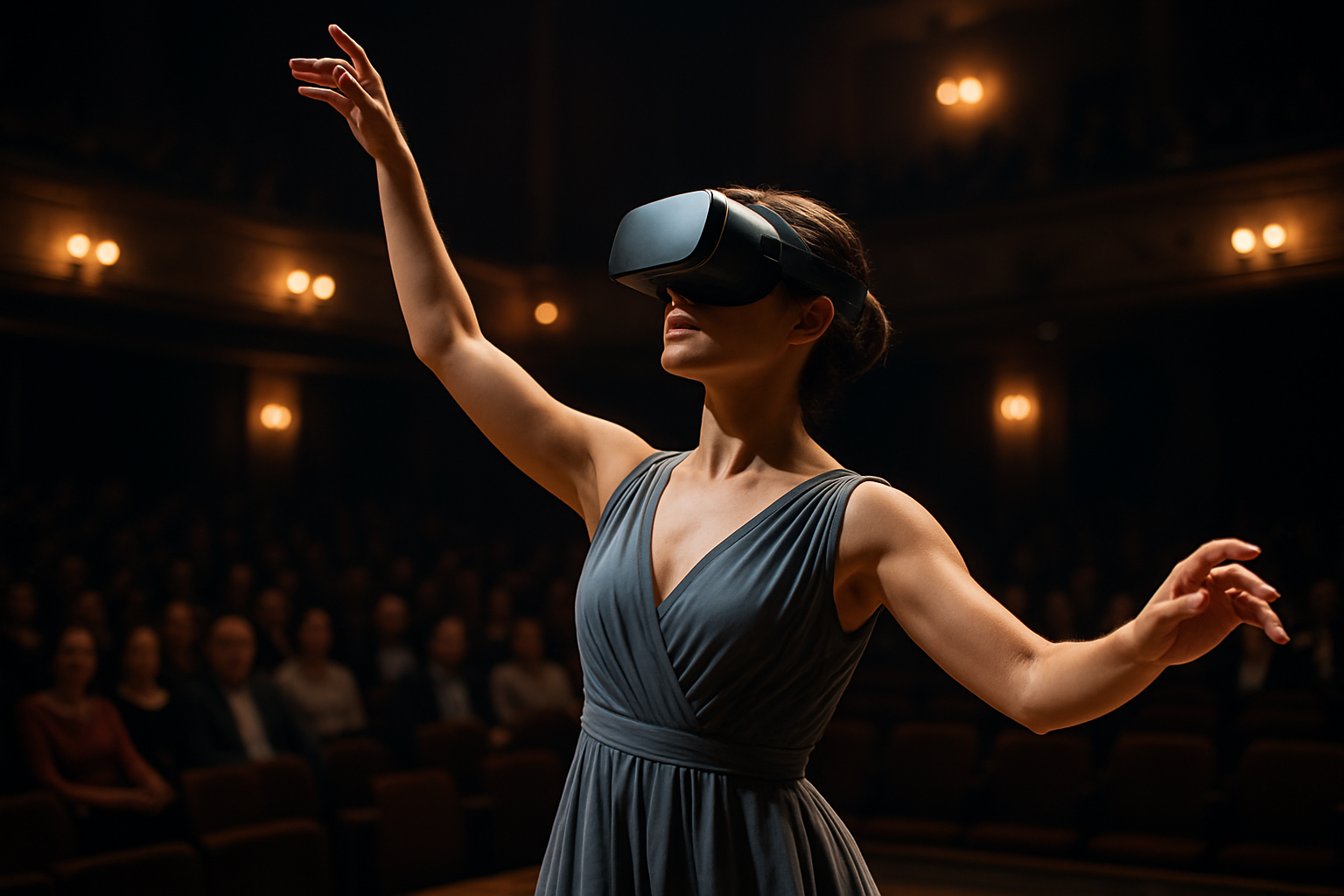Holographic Theater: Redefining the Stage
In the ever-evolving landscape of performing arts, a groundbreaking fusion of technology and theater is captivating audiences worldwide. Holographic theater, once confined to the realm of science fiction, has emerged as a revolutionary medium that challenges traditional notions of live performance. This cutting-edge art form harnesses the power of advanced projection techniques and interactive design to create immersive, three-dimensional spectacles that blur the lines between reality and illusion. As holographic performances gain traction in major cities and cultural hubs, they're not only reshaping the theatrical experience but also opening up new possibilities for storytelling, audience engagement, and artistic expression.

Technological Marvels Behind the Curtain
The magic of holographic theater relies on a complex interplay of cutting-edge technologies. High-powered laser projectors, strategically placed mirrors, and sophisticated motion capture systems work in concert to create lifelike, three-dimensional images that appear to occupy physical space. Advanced software algorithms ensure that these holographic actors can respond in real-time to their environment, maintaining the illusion of presence and interaction. The result is a seamless blend of the tangible and the virtual, where holographic characters can seemingly walk amongst the audience or manipulate physical objects on stage.
Redefining Artistic Boundaries
Holographic theater has unleashed a new wave of creativity among playwrights, directors, and performers. No longer constrained by the physical limitations of traditional stagecraft, creators can now craft narratives that transcend time, space, and even the laws of physics. Historical figures can be brought back to life for intimate conversations, abstract concepts can be given visual form, and entire worlds can be conjured and dissolved in an instant. This expanded palette of possibilities has led to a renaissance in experimental theater, with productions that challenge audience perceptions and push the boundaries of storytelling.
The Audience Experience Reimagined
For theatergoers, holographic performances offer an unparalleled level of immersion and interactivity. The ability to view three-dimensional characters from multiple angles creates a sense of depth and presence that traditional theater struggles to achieve. Some productions have even experimented with personalized holographic experiences, where audience members can influence the narrative through their actions or choices. This shift from passive observation to active participation represents a fundamental change in the relationship between performer and spectator, fostering a deeper sense of connection and engagement.
Challenges and Controversies
Despite its potential, holographic theater faces several hurdles on its path to widespread adoption. The high costs associated with the technology can be prohibitive for smaller theaters and production companies, potentially limiting access to this innovative medium. There are also ongoing debates within the theater community about the authenticity of holographic performances and whether they can truly capture the essence of live theater. Critics argue that the technology may overshadow the human element that is central to the theatrical experience, while proponents see it as a natural evolution of the art form.
The Future Stage
As holographic technology continues to advance, its integration into theater is likely to become more sophisticated and widespread. Industry experts predict a future where holographic elements are seamlessly woven into traditional productions, enhancing rather than replacing live performers. The potential for remote performances, where actors can appear holographically in multiple locations simultaneously, opens up new possibilities for global collaborations and accessibility. As audiences become more accustomed to this new form of theater, it may well become an integral part of the performing arts landscape, pushing the boundaries of what’s possible on stage and redefining the very nature of live entertainment.




